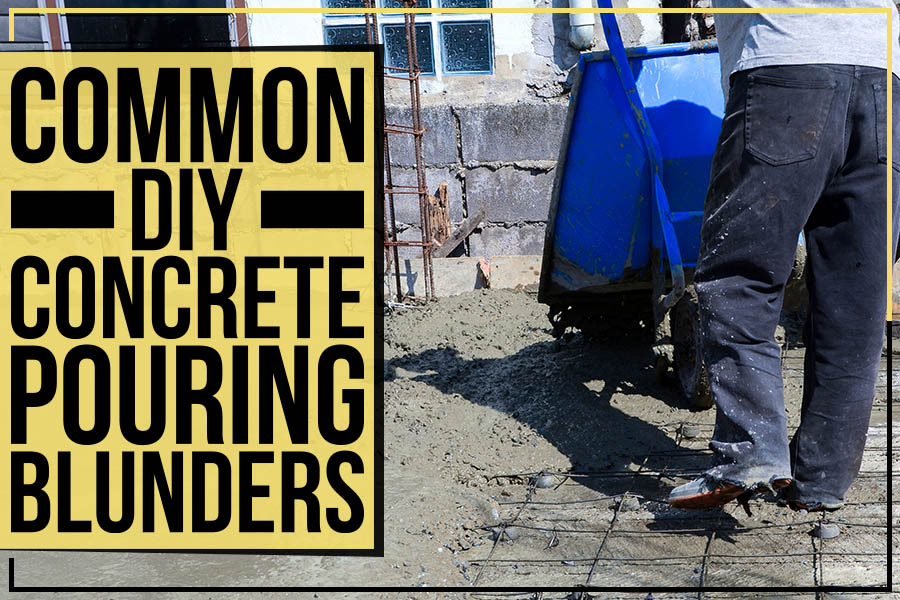
There’s something about the allure of concrete that has homeowners across the globe captivated. Concrete is strong, durable, and seemingly everlasting—making it a popular material for home projects.
When it comes to pouring concrete, there’s nothing quite like the feeling of accomplishment you get when the project is finished – and it looks great! However, mistakes can be made during this process, leading to less-than-stellar results.
In this blog post, we’ll take a look at some of the most common DIY concrete pouring blunders so that you can avoid them in your projects. Let’s get started!
Concrete is Too Wet:
It’s crucial to get the proportion of water to dry concrete correct. The wet concrete should ideally be smooth but not runny, dry, or chunky. However, many homeowners make the error of adding too much water to the mix because soft concrete is considerably simpler to work with than dry concrete. But keep in mind that if you use runny concrete, you will be weakening your structure.
Not Adding Enough Reinforcement:
Reinforcement, such as steel rebar or wire mesh, gives concrete added strength. The reason behind this is the lack of tensile strength that concrete has. Using reinforcement is especially important for concrete that will be subject to stress, such as driveways and sidewalks. Without reinforcing, your concrete is likely to crack under pressure.
Uneven Forms:
Forms can be made from wood, metal, or plastic. They are used to shape the concrete while still in liquid form. If the forms are not level, your concrete will be uneven. To avoid this, make sure to level the forms before pouring the concrete. It is achievable by using a level or sighting along with the forms.
Pouring Too Much Concrete at Once:
We know there is a lot of patience required when pouring concrete. It would be faster to pour it all at once, but that is not the case. Pouring too much concrete at one time can cause the concrete to crack. The best way to pour concrete is in layers no thicker than four inches. So, take your time and pour in small batches.
Not Vibrating the Concrete:
Vibrating the concrete is key to getting rid of any air pockets in the concrete. Air pockets can cause the concrete to weaken and crack. You can rent a vibrating tool at your local hardware store. However, please remember to wear ear protection because the vibrating device is very loud.
Not Curing the Concrete:
After you’ve poured the concrete, it’s essential to cure it correctly so that it will reach its full strength potential. The ideal curing temperature is between 50 and 90 degrees Fahrenheit. If the temperature drops below freezing, you will need to take measures to protect your concrete from the cold weather.
Improperly Finished Concrete Surface:
Once the concrete has cured, you’ll need to finish the surface by troweling it smooth or adding a textured finish. If you don’t finish the surface, it will be challenging to clean or repair later.
Not Using a Concrete Sealer:
If you plan on using your concrete patio or driveway regularly, it’s essential to apply a sealer to protect it from the elements. There are many different sealers available, so be sure to choose one right for your needs.
Bottom Line:
Working with concrete can be messy and challenging, but it’s definitely worth the effort. However, if you’re doubtful about your skills, hiring a professional is always best.
Purcell’s Paving and Masonry, serving Berkeley Heights, NJ, specializes in concrete work. So, whether you want a new patio or need to have your driveway repaired, we can help.
Contact us today for a free estimate!


